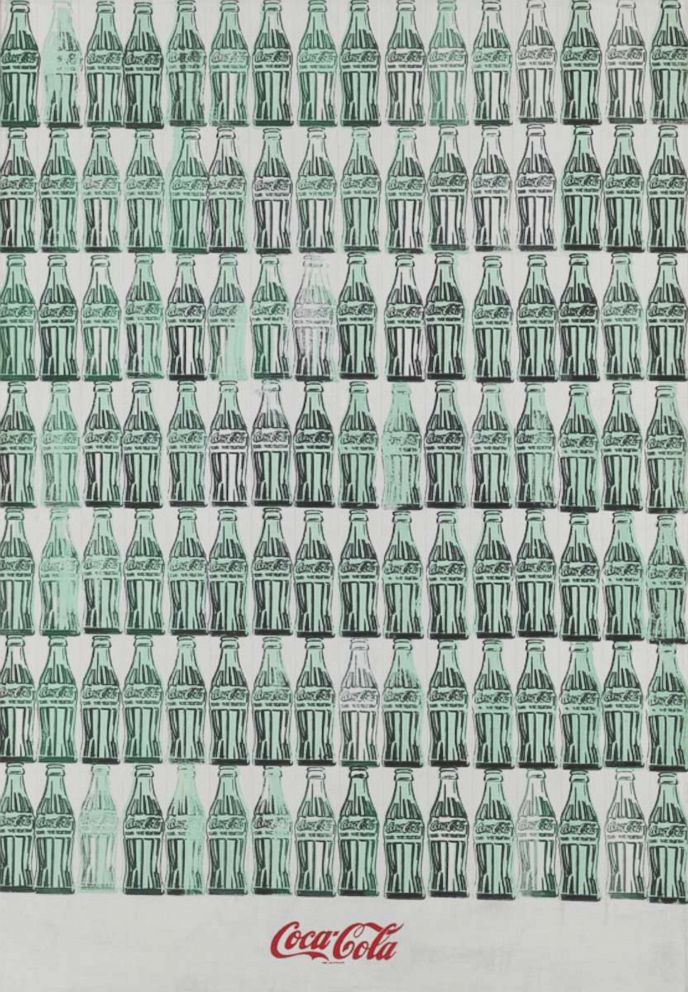Andy Warhol's '15 minutes of fame' keeps ticking with new retrospective
Andy Warhol would have turned 90 on Monday.
American artist Andy Warhol continues to be one of the most celebrated minds of the postmodern era.
Through Warhol's innovative style and his work's reflection on society's mass media culture, the impact he has on the art world has yet to be matched by another single artist.
For what would be his 90th birthday on August 6, we take a look at what made his work so influential and why it is still relevant today.
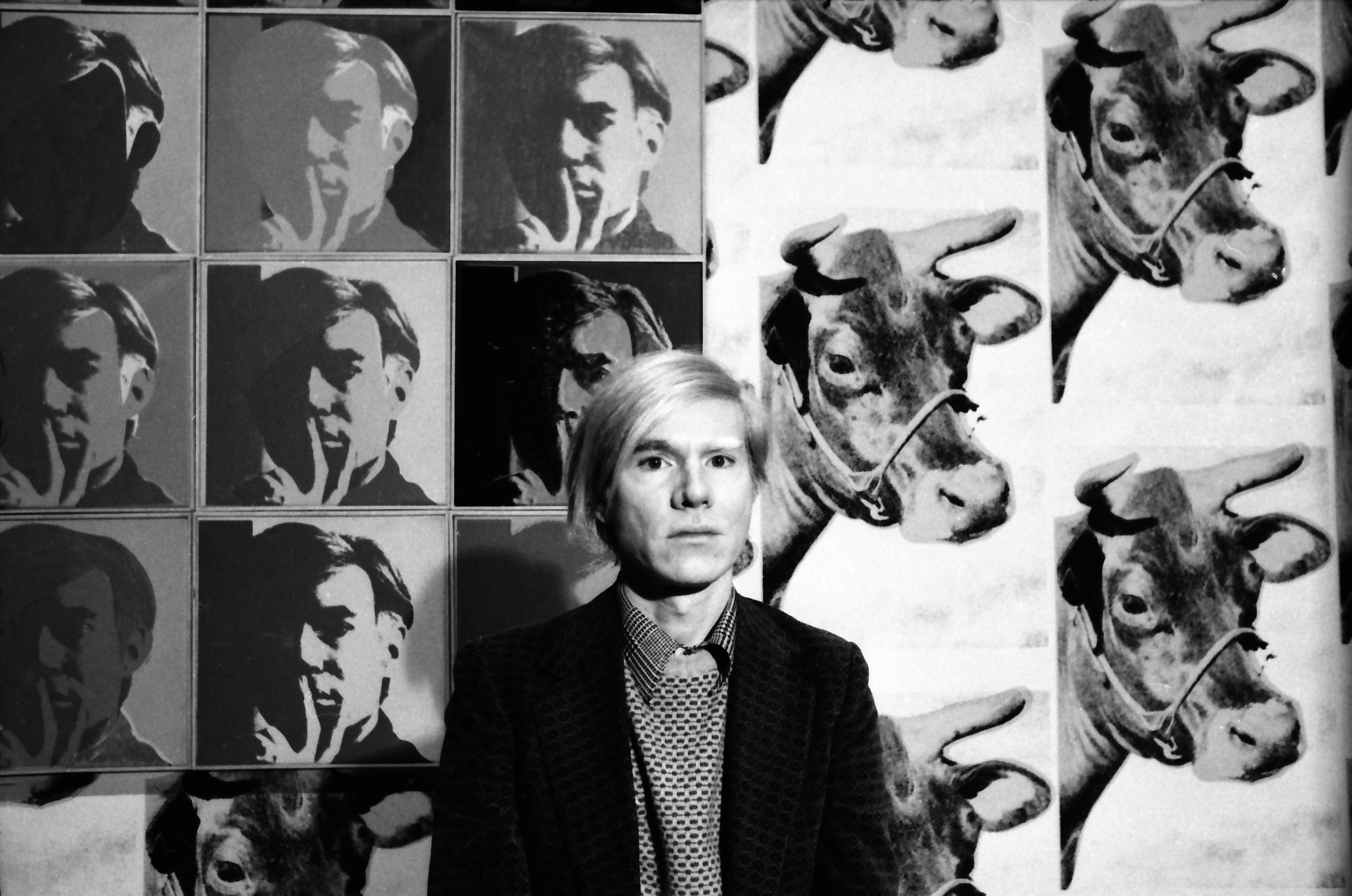
In honor of Warhol's nonagenarian birthday, The Whitney Museum of American Art is holding the first retrospective of Warhol's work in the United States since 1989.
The show, titled "Andy Warhol-From A to B and Back Again," will present more than 350 works of art, many shown together for the first time, including prints, films and additional media that span his 40-year career.
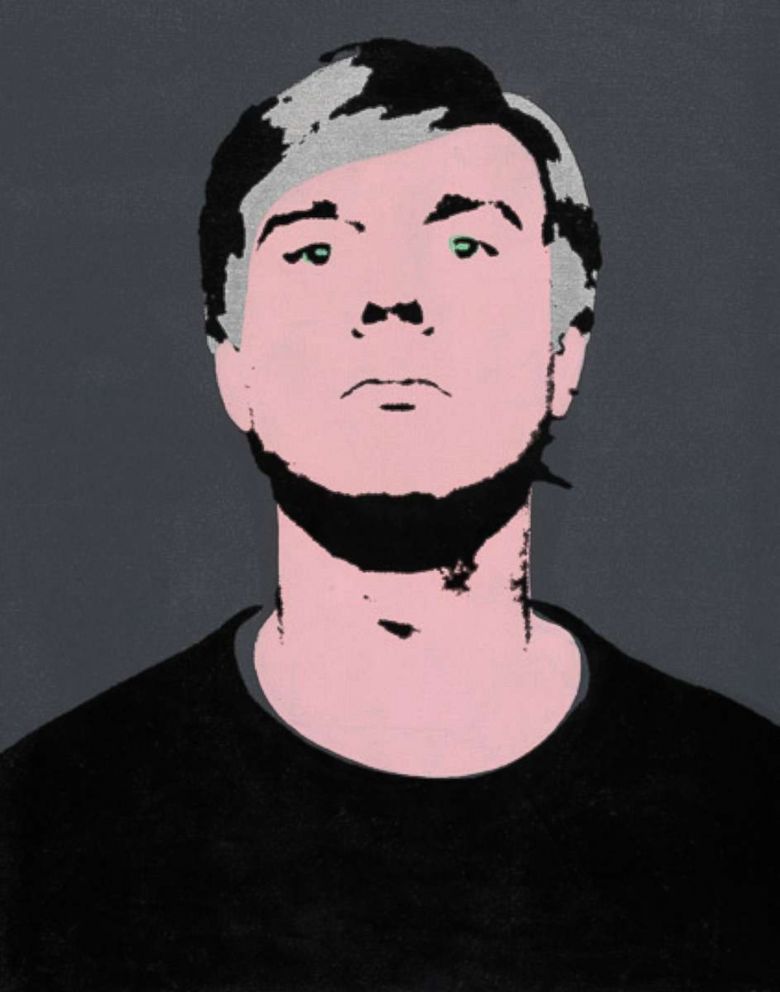
Warhol began his career as a commercial illustrator, which he used as the foundation for his earliest work. Drawing on his background in advertising, he began by making reproductions of everyday objects that would come to define his signature style.
Donna De Salvo, a senior curator at the Whitney, said in a statement: "He produced images that are now so familiar, it's easy to forget just how unsettling and even shocking they were when they debuted."
She continued: "Warhol pioneered the use of an industrial silkscreen process as a painterly brush to repeat images 'identically,' creating seemingly endless variations that call the very value of our cultural icons into question."
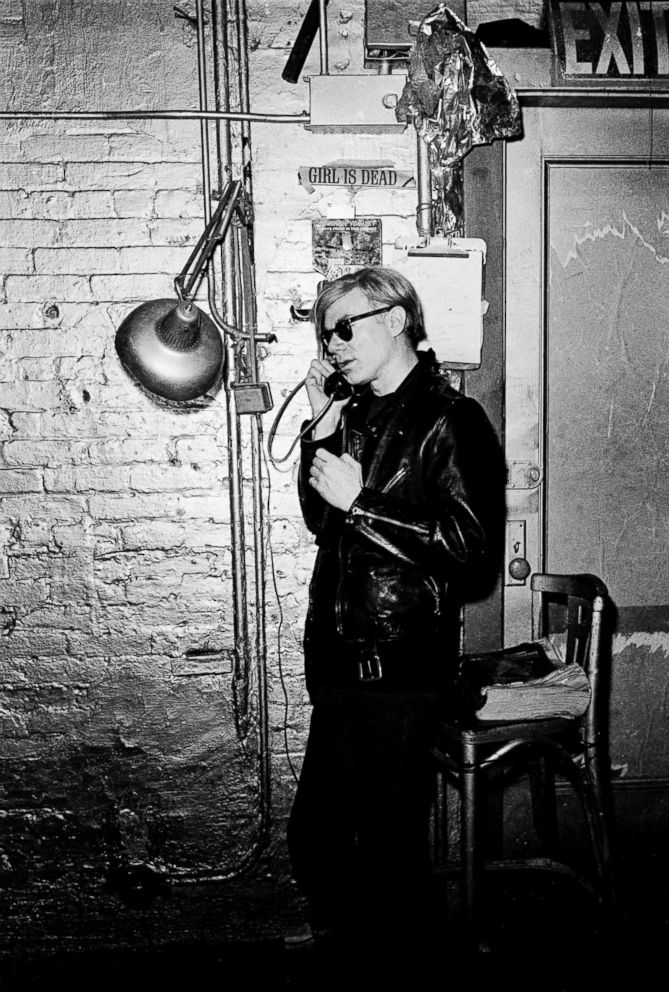
After his meteoric rise to fame, Warhol's studio space, called "The Factory," became a staple of art and culture in New York. Warhol began experimenting with films that would bring him into contact with many styles and celebrity icons of the time.
"Andy Warhol is one of the most important American artists of the post-war era, and his influence only continues to grow in the 21st century," De Salvo told ABC News. "The Whitney has a long history with the artist during his lifetime, having presented his first New York retrospective in 1971 (organized by the Pasadena Art Museum) and the Andy Warhol: Portraits of the 70s in 1979."
When discussing the Whitney's upcoming show, De Salvo said: "One of the most distinctive aspects of this retrospective is considering Warhol’s project as a whole. While no one exhibition can cover the enormity of Warhol’s output, our presentation brings together examples in all media -- painting, sculpture, drawing, printmaking, photography, film, video, publishing and television -- to show the interconnectedness of his working method over more than four decades."
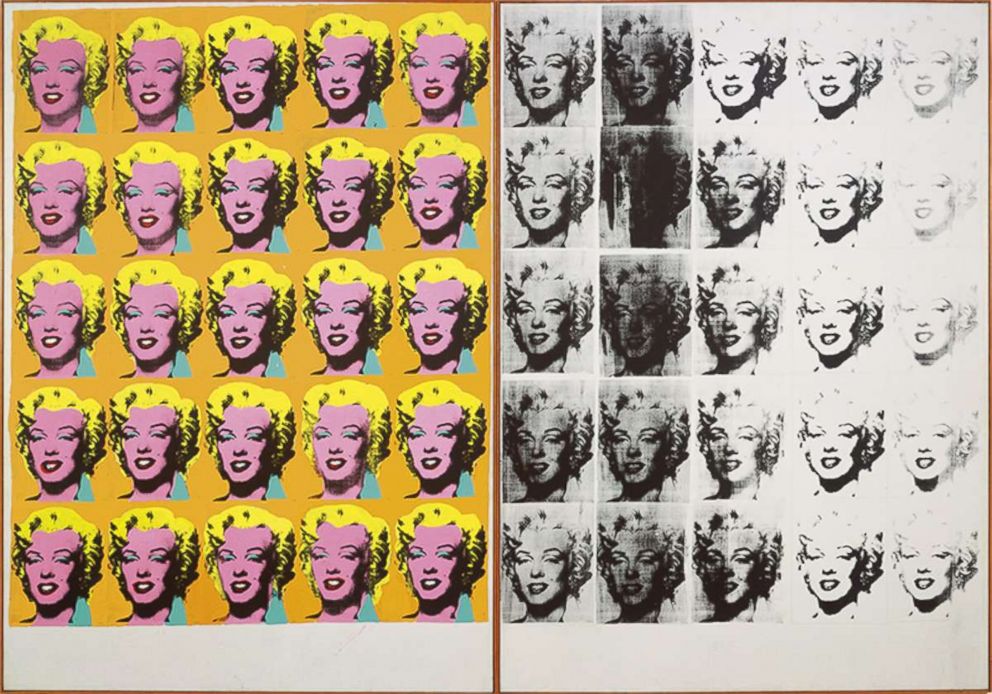
"There is still a tendency to focus on Warhol’s work of the 1960s, but through a consideration of his formative years as a fashion illustrator in the 1950s, and his subsequent explorations of abstraction in the 1970s and 1980s, we gain a far more complex and nuanced understanding of Warhol’s overall project," De Salvo continued.
"A critical development in the 70s and 80s was the artists' fascination with the fundamental aspects of photography and light and shadows, and paintings such as Diamond Dust Shadows and Shadows, are amongst his most abstract works. There’s a dark side to Warhol, one that might be interpreted as reflecting the dangers and pitfalls of an America and a world driven to consume."
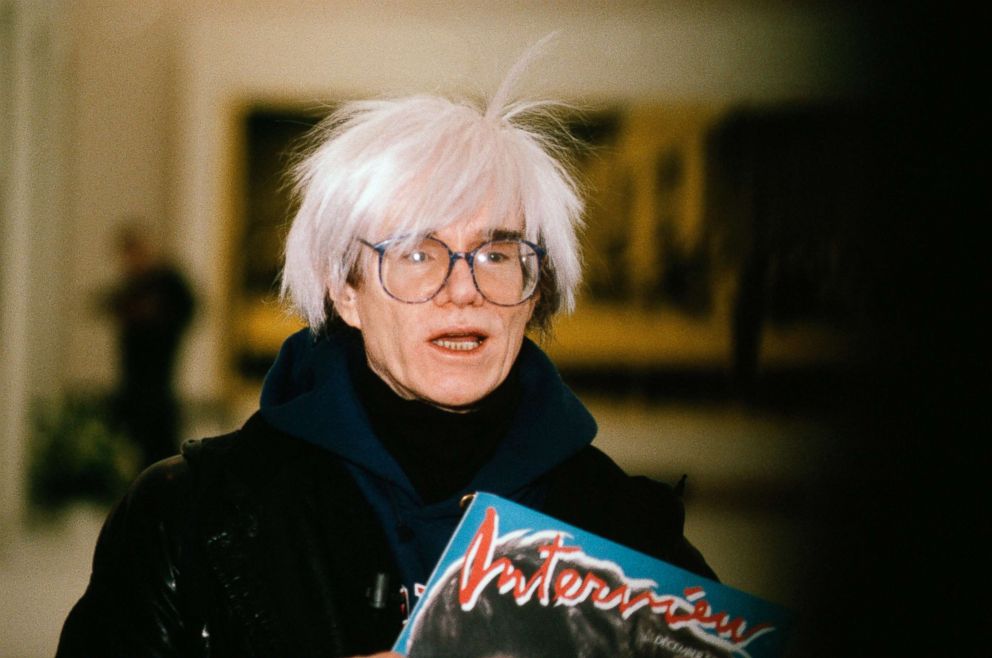
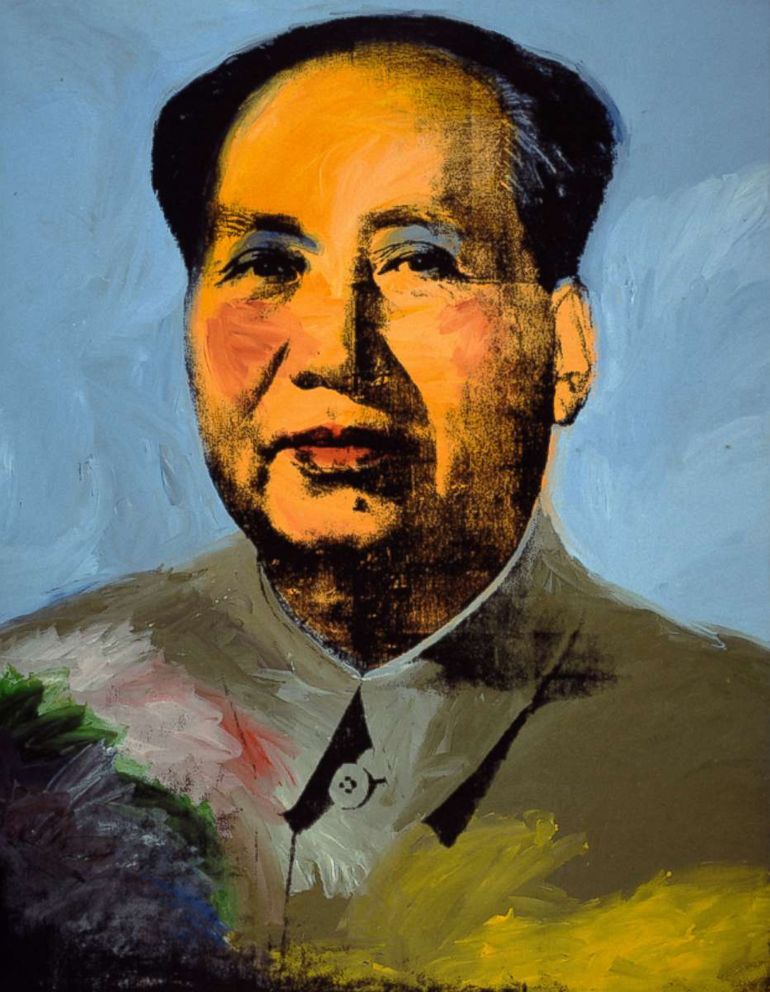
In 1968, Warhol was shot in a near-fatal assassination attempt, but the artist didn't slow down. A year later, he founded Interview magazine and his interest was reignited in producing work across all media.
Throughout the 1970's and 80's, Warhol's interest in current events and collaborating with young artists from the East Village scene, including Keith Haring and Jean-Michael Basquiat, grew.
When Warhol died on February 22, 1987, thousands of mourners paid their respects at a memorial service held at St. Patrick’s Cathedral.
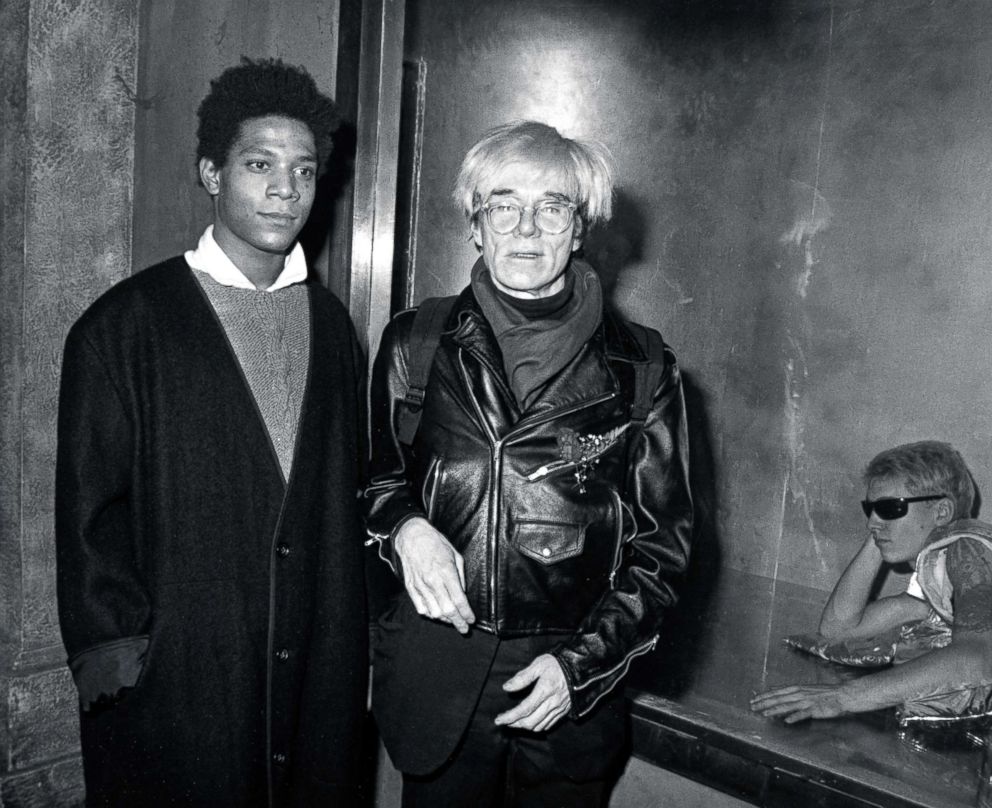
When asked about the continued interest in Warhol's work, De Salvo said, "In the nearly 30 years since The Museum of Modern Art’s 1989 retrospective -- the last organized in the US -- there’s not only been a plethora of new Warhol scholarship that has opened up, but a new generation that has come of age in the digital era. Warhol understood the construction of persona and the nature of social networks, way before the existence of Instagram or Facebook.
"Warhol had an intuitive understanding of the power of the image, and how these images shape and influence our beliefs, and our world; he also understood how any image is a construction," De Salvo added.
"Andy Warhol—From A to B and Back Again" will be on display at The Whitney Museum of American Art from Nov 12 until March 31.
